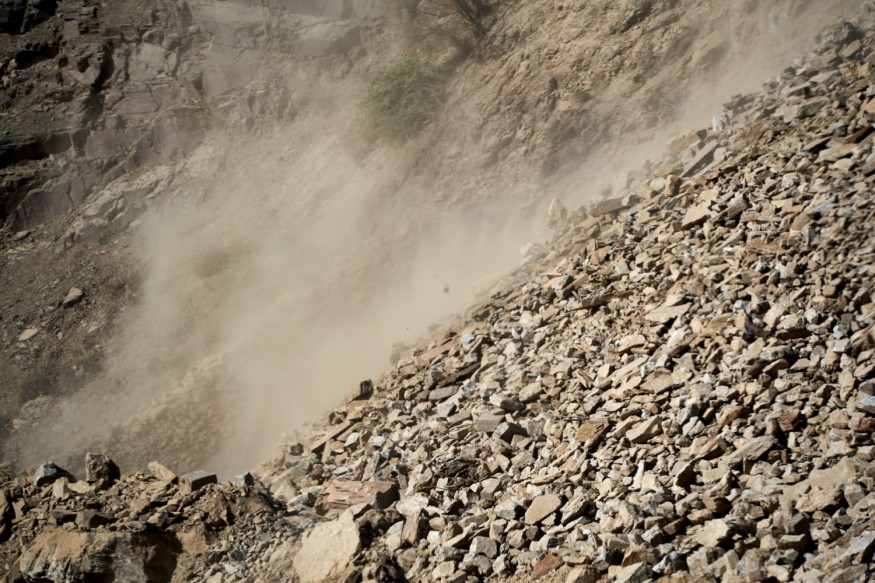Several fatal landslides have occurred in India in recent months as a result of an exceptionally wet monsoon season.
The landslide happened on a roadway in Kinnaur district Northern India on Wednesday. Late into the night, rescuers rummaged through muck and rubble in search of trapped victims.
Authorities claimed more than 200 military personnel, members of the National Disaster Response Force (NDRF), and border police were involved in the rescue attempts.
Dharminder Thakur, Deputy commandant of the Indo-Tibetan Border Police (ITBP), informed BBC Hindi that 13 individuals had been rescued so far, with another 25-30 still missing.
Four to six vehicles were trapped under debris. By 21:30 (Wednesday), they managed to clear most of the debris but were unable to locate one of the buses.

Mr. Thakur added that rescuers searched the wreckage for hours under intense halogen lights but found nothing. On Thursday morning, a tire and some damaged components of the car as well as three bodies were discovered, according to the official.
However, the remaining passengers roughly about 20 of them remained unknown the issue is that they cannot reach to the exact place where they believe the bus was crushed. The stones were still falling, and it's very dangerous to go close, according to Mr. Thakur.
The tragedy has once again brought attention to the effects of global warming on the Himalayan environment, which is already vulnerable.
Last month in Himachal Pradesh, nine tourists were also killed when their vehicle was struck by falling boulders.
The boulders were seen raining from the sky, striking vehicles, and even collapsing a bridge, according to a video footage.
According to ANI, the transport was carrying 11 people, and the two survivors were injured in the accident. The people who died in the car were tourists from India's capital Delhi and other parts of the country, while one of the injured was a local.
Landslides in Western India
A total of 180 civilians have been perished in Maharashtra, India's westernmost state, when monsoon rains triggered landslides and inundated low-lying areas, shutting off hundreds of communities.
According to the state's Department of Relief and Rehabilitation, more than 200,000 people have been evacuated from Maharashtra.
As part of the rescue operation, the National Disaster Response Force, Indian Army, Coast Guards, Navy, Air Force, and state agencies have all been dispatched.
On Friday, the India Meteorological Department (IMD) issued a red signal for six Maharashtra districts, predicting "extremely heavy" rain and advising residents to take precautions. According to Reuters, Kolhapur and Sangli districts have remained on high alert.
Over 24 hours, parts of India's west coast got up to 594 millimeters (23 inches) of rain, prompting officials to evacuate residents from high-risk areas as dams threatened to overflow.
According to government sources, rivers were also overflowing in the adjacent southern states of Karnataka and Telangana, where officials were keeping an eye on the situation.
Indian Monsoon
The Indian monsoon is the world's most well-known monsoon system, affecting India and its surrounding water bodies predominantly. During the colder months, it blows from the northeast, while during the hottest months of the year, it blows from the southwest. During the months of June and July, this process dumps a lot of rain on the region.
© 2025 NatureWorldNews.com All rights reserved. Do not reproduce without permission.





